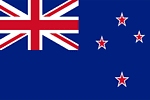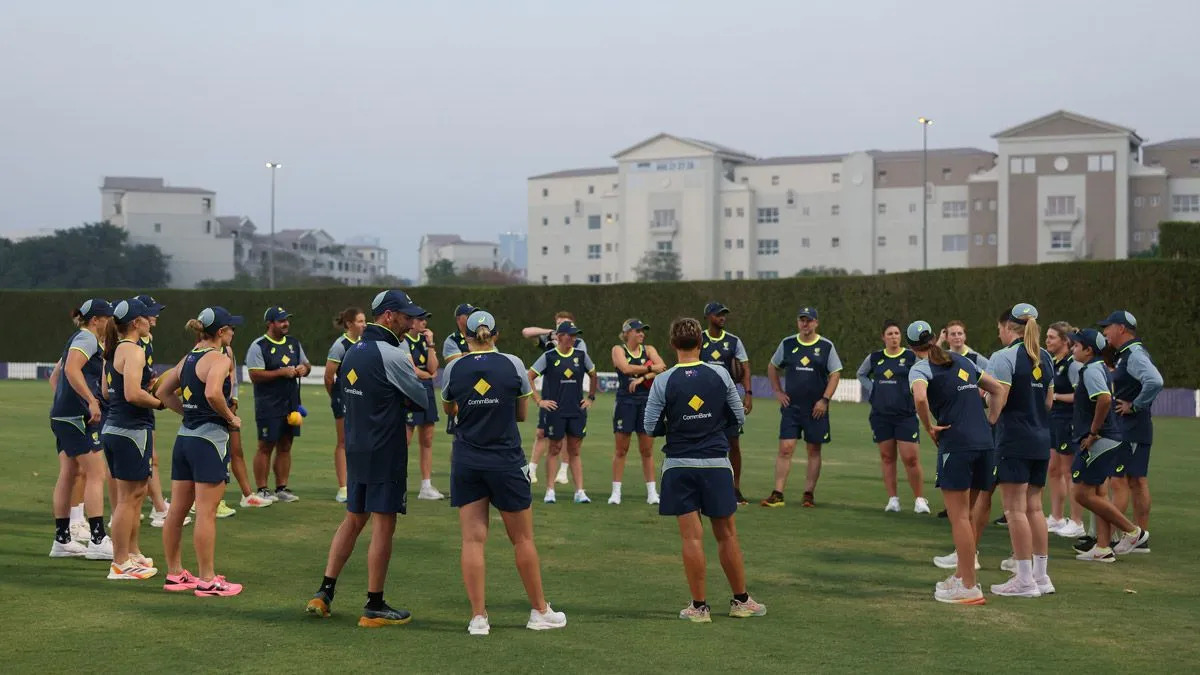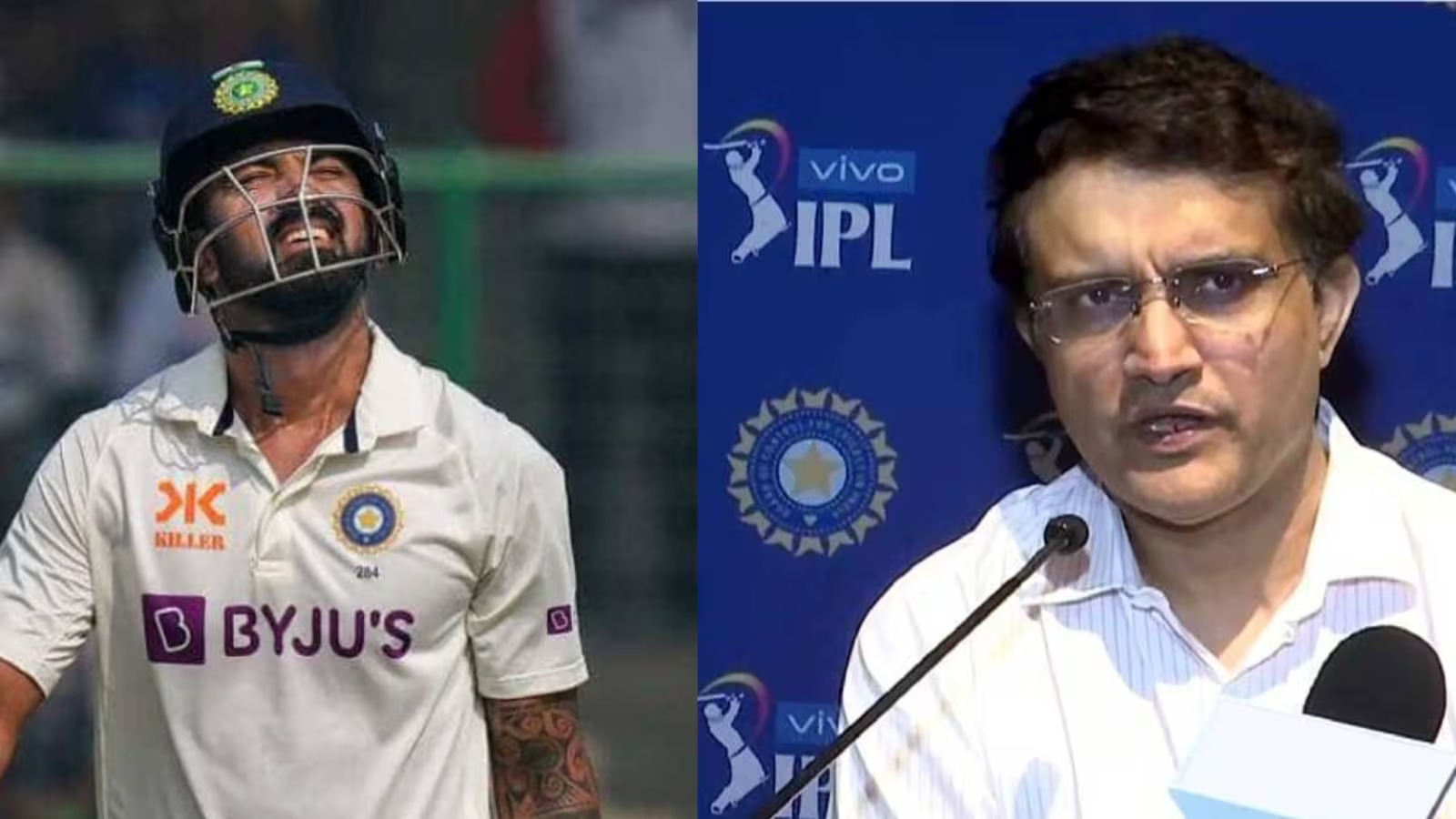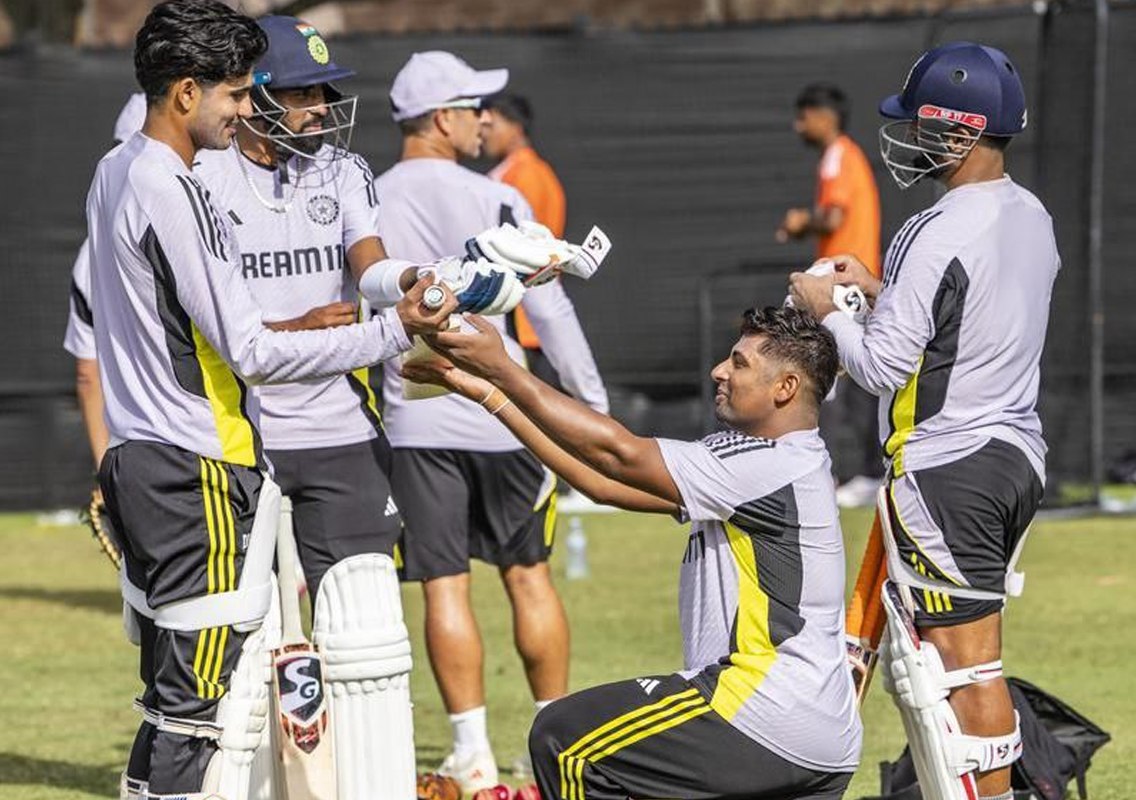Similarly, Jordan Stares, Australia physical performance coach, revealed how the team got ready for the intense heat of the United Arab Emirates (UAE). The ninth edition of the Women’s T20 World Cup was originally scheduled to take place in Bangladesh, a country notorious for its harsh weather. Stares went into detail about the fascinating procedures they used to adjust to the anticipated change in climate.
Whether it’s the men’s or women’s squad, they are without a doubt at the top of their respective rankings in the world of cricket. Naturally, everyone’s assessment is based on their capacity to accumulate titles year after year. However, few general public are aware of the extensive training the squad goes through in front of a major event like the Women’s T20 World Cup 2024.
“We aimed to be as ready as we could possibly be.” Therefore, during the preseason, we placed a lot of emphasis on our aerobic capacity. That was the initial phase. As the time drew nearer, we began progressively increasing the amount of heat exposure using protocols created by the Australian Olympic Commission for the Tokyo Olympics, which were held in comparable conditions “According to a Cricket.com.au quotation, Stares said.
In addition, Stares emphasised the different consequences of the daily sauna sessions that Australia Women’s players would endure throughout their three-game series versus New Zealand Women.
A few physiological alterations were noted following the application of heat acclimatisation techniques. Sweating more is the first sign. The Australian performance coach went on, “Sweating is often seen as a bad thing, yet it actually helps us lower our body temperature, which results in greater blood volume.
Additionally, there are some psycho-cognitive modifications that affect how you experience heat. Increased decision-making and other benefits result from the fact that it takes a little longer to feel the heat or its negative consequences if you spend a little more time in the heat,” Stares continued.
Furthermore, the physical high-performance coach from Australia elaborated on the ladies’ daily regimen after they arrived in the United Arab Emirates. Especially, he stressed the need to maintain equilibrium in order to avoid going too far and becoming overexposed. It’s interesting that he also brought up the importance of heart rate and the level of conditioning required of athletes.
“To help everyone get acclimated to the outdoor environment, we sent them on a walk in the intense heat on our first day. Day two included light aerobic exercises in the heat in addition to a flush run. Since your heart rate is already increased when you’re outside, we haven’t really needed to do a lot of conditioning work. The goal is to control our exposure so that we can get the benefits without being too hot before our games, Stares said.
I detested hating every bit of the sauna preparation: Tahlia McGrath
Tahlia McGrath, the vice captain of Australia Women, was upfront about how difficult the regime is, but she also acknowledged that so far, it has all paid off. The Australian bowler disclosed that she detested going to saunas. She also praised the sports science and medicine team for their assistance in helping the team be ready as best they could for the Women’s T20 World Cup.
“Preparing for our sauna in advance was something I detested, but it was worthwhile. With the support of an excellent sports science and sports medicine (SSSM) staff, we will take advantage of whatever small advantage or edge we can gain. So, everything is beneficial,” McGrath remarked.
Also Read: ‘Excited to get back on the field’- Phoebe Litchfield green signals on featuring vs Sri Lanka
In terms of their season, the defending champions have already gotten off to a great start. They opened their account by defeating Sri Lanka Women by six wickets after 34 deliveries.





 Win Projections to be updated soon
Win Projections to be updated soon


























